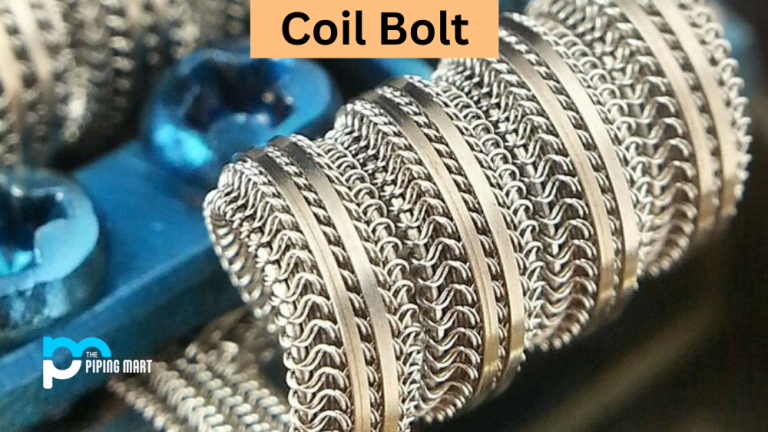Maximizing Precision and Efficiency: A Comprehensive Guide to Welding Apparatus
The world of industries relies heavily on welding apparatus, the linchpin facilitating the melding of materials with precision and endurance. From construction to automotive manufacturing, the right welding tools serve as the linchpin for ensuring structural stability and flawless assembly. This article dives into the realm of welding apparatus, dissecting its applications, advantages, and pivotal considerations.



What are the primary classifications of welding apparatus available in the market?
Welding technology offers an array of methodologies, each tailored to specific uses. Common types encompass MIG (Metal Inert Gas), TIG (Tungsten Inert Gas), stick welding, and plasma arc welding. MIG welding’s versatility and speed contrast with TIG welding’s precision and production of high-caliber welds.
What factors should one consider when choosing a welding apparatus?
Numerous factors come into play when selecting a welding apparatus. Factor in the material to be welded, the preferred welding technique, accessibility to power supply, portability, and the environmental conditions pertinent to the intended application. Additionally, opting for apparatus from reputable brands guarantees quality, reliability, and adaptability to diverse welding requirements.
What are the applications of welding apparatus in various industries?
Welding apparatus finds extensive utility across diverse sectors. In construction, it plays a pivotal role in joining structural steel. In automotive manufacturing, welding secures components and ensures vehicle safety. Furthermore, it’s indispensable in shipbuilding, aerospace, pipeline construction, and even in creating impermeable geomembranes used in containment systems for waste management and environmental protection.
How does welding apparatus contribute to efficiency and precision in manufacturing processes?
The right welding apparatus streamlines production by ensuring strong, precise welds. Automated welding systems augment efficiency by reducing human error and expediting repetitive tasks. Furthermore, advancements in welding technology, such as robotic welding arms and computer-controlled systems, enhance precision, resulting in consistent and high-quality welds.
Welding apparatus encompasses a diverse range of tools and technologies engineered to fuse materials efficiently and reliably. From the fundamental functionality of stick welding to the intricate precision of TIG welding, these tools cater to various industries’ diverse needs.
In construction, welding apparatus plays a pivotal role in joining structural components, ensuring the integrity and stability of buildings and infrastructure. Similarly, the automotive industry relies heavily on welding for assembling vehicle frames and components, guaranteeing safety and durability.



Interestingly, welding also finds application in creating impermeable geomembranes—a critical component in containment systems for waste management, environmental protection, and various civil engineering projects. The welding of these specialized membranes requires precision and reliability to maintain their integrity and effectiveness in environmental protection.
Advancements in welding technology continue to revolutionize manufacturing processes. Automated systems, robotic arms, and computer-controlled equipment have elevated precision and efficiency, reducing production time and ensuring consistent, high-quality welds across industries.
Choosing the right welding apparatus involves assessing specific requirements, and considering the material, technique, and environmental conditions. Opting for reputable brands ensures reliability, compatibility, and ultimately, successful welding operations.
In conclusion, welding apparatus stands as a cornerstone in multiple industries, contributing to structural strength, product durability, and environmental protection. Its evolution continues to push boundaries, enabling safer, more efficient, and precise welding operations across diverse applications.
